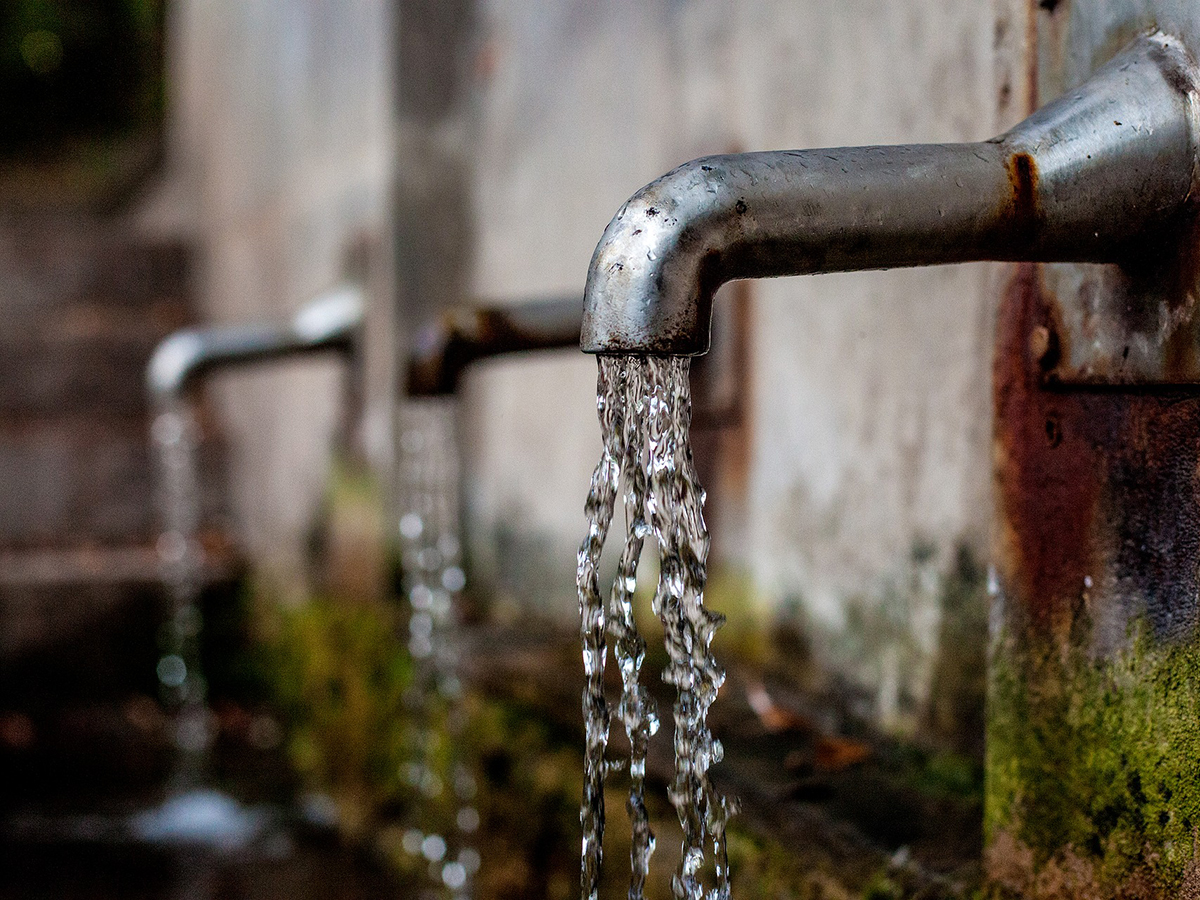
UCR Assistant Professor of Chemical and Environmental Engineering Haizhou Liu was recently awarded a competitive National Science Foundation grant this past summer to study and improve the current approach used to purify water for reuse. Through the utilization and study of compounds known as chloramines, Liu hopes to optimize the current model of water purification and lessen the constraints on California’s current water supply.
With California’s current drought costing $603 million in agriculture alone, and with reports indicating the drought as being far from over, in an interview with the Highlander, Liu expressed his belief that the one key to water sustainability, especially in Southern California, is “the design of efficient engineering systems to treat wastewater for reuse.”
A chloramine molecule, as the name suggests, is a chlorine atom bonded to an amine group. When the chloramine molecule is exposed to UV light, the chemical bond between the chlorine and amine group will break, creating highly excited molecules known as radicals. Radicals, as Liu explained, are chemical species with unpaired electrons, and are highly reactive. In the case of the recycled water that Liu is working with, these highly excited and reactive radicals are able to interact and oxidize trace amounts of chemical contaminants in wastewater effluent.
In the current approach to water recycling and purification for drinking purposes, hydrogen peroxide is utilized as the industrial standard, and also creates radicals when exposed to UV light. But as Liu explained, the efficiency of hydrogen peroxide radicals in reacting and thereby eliminating harmful chemicals in the water is affected by the amount of chloramines. Liu further emphasized that one of the goals of his project is to understand the interactions between the created hydrogen peroxide and chloramine radicals and the optimal ratios of the two compounds. Both oxidants have the potential to react with each other as well as with other chemical species in the water. Therefore, the potential consequences of the interactions with the oxidants are still being examined, according to Liu. “By understanding the photochemistry of chloramines, we can better upgrade the existing system,” said Liu.
Liu emphasized the need to carefully study the reactions of the radicals in order to minimize any harmful byproducts, as well as the need to understand the chemistry of recycled water in order to optimize the whole process. Liu added that research still needs to be done to study the other factor of the reaction, namely the UV light, saying, “Degrading potential contaminants with less UV light could save energy as well.” By studying the chemistry of this reaction and making it faster, Liu argues that the research could save costs and reduce the energy footprint while simultaneously improving the water treatment efficiency.
Liu’s research is partnered with the Orange County Water District (OCWD), an internationally recognized leader in the water industry that operates the largest advanced water treatment facility worldwide. Indirect potable reuse is a process taken to provide drinking water where, after the hydrogen peroxide treatment that removes harmful chemicals, the resulting water is then pumped into aquifers as part of the groundwater. Liu assured, the water is pumped into aquifers “as an additional redundancy” to “provide additional storage time.” The minerals and rocks within the aquifers can also absorb any residual chemicals in the water.
Regarding California’s current drought, Liu believes that his research and the technology used for water purification “will have a very significant impact” in potentially helping millions of people, directly starting from Southern California. He highlighted how important it is that the state find alternative sources for water given our dependence on water from sources outside the region. He added that even within the environmental research community, there is a shift in thinking where scientists and researchers are beginning to view waste water as an important resource. Liu also believes that waste water purification should be utilized even more in an effort to combat the water shortage that California is currently facing.
While Liu’s team has been working on this project for several years, recent findings suggest that since the radicals formed in the reaction “are not very stable, their reactivity depends on the chemistry of water. Their capacity to participate in reactions depends on chemical conditions — like pH and carbonate levels” within the recycled water. Additionally, the presence of different chemicals, explained Liu, will alter the reactivity, and therefore the effectiveness, of the radicals.
Liu added that the findings resulting from his research are largely possible because of the university-industry collaboration between UCR and the OCWD. He also explained how the findings of his research in the lab setting can be applied to and directly benefit society. “My interactions with the fantastic engineers and scientists (at the OCWD) can provide insight into their experiences from their angles,” added Liu, “And that’s where new ideas are ignited.”
“Water is so important for your everyday life — we use it for everything. And we don’t have enough water right now … and of course, that has a direct impact on society,” said Liu. In the future, Liu hopes that we change our view and perception of water. “We take water, use it, then discharge it.” But now, argues Liu, the process doesn’t and shouldn’t stop there. “This is the paradigm shift I am starting to see for the future.”








